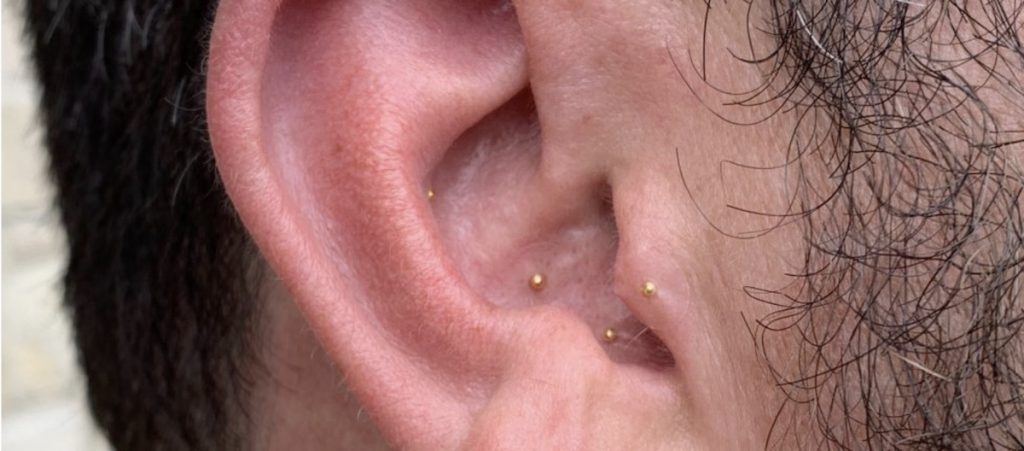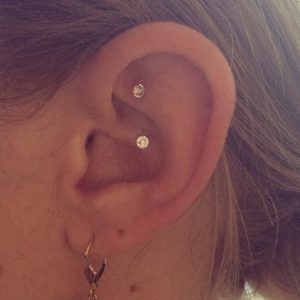EAR SEEDS
If you are looking for inexpensive, easy relief for mild stress, pain, or insomnia, ear seeds may be a great option for you. They are also a good option for people who have experienced relief from a course of acupuncture treatment and are seeking to maintain the results that they have achieved.
Ear acupressure involves the placement of pellets, seeds, or tacks on specific points on the ear to prevent or treat disease and/or pain. Ear acupressure may be used as an adjunct to body acupuncture treatment, used to enhance and prolong the effects of body acupuncture, or used alone as the primary form of treatment.
Conditions that respond well to ear seeds include:
- Mild back, neck, or joint pain
- Headaches
- Stress/anxiety
- Lack of focus
- Insomnia
- Weak immunity
- Many others
DIY OR SEEK PROFESSIONAL HELP?
Although there are now a number of do-it-yourself ear seed kits on the market, in my experience the results people experience from using these kits are disappointing. This is because the key to effective ear acupressure is extremely precise placement of the seeds — even a fraction of a millimeter can make the difference between an effective treatment and an ineffective waste of time. Even with over 20 years of experience using ear acupressure, I find it next to impossible to place ear seeds on myself — it’s just too hard to get the right vantage point on your own ears to precisely place seeds on the complex terrain of the ear.


CARING FOR YOUR EAR SEEDS
In order to ensure optimal results, please follow the guidelines below carefully:
- Press gently on each ear seed 3 to 5 times per day for several seconds at a time. This should produce a mild sensation of heat, distention, heaviness, or soreness around the point. The sensation is a sign that the treatment is working. Do not press too hard or for longer than a few seconds at a time, as irritation may develop.
- Ear seeds should be carefully removed after 3-5 days (or sooner if any discomfort develops). This not only ensures the best results, but also protects the ear against irritation and infection. This guideline is especially critical for patients whose ability to feel pain and/or heal from injury and infection is compromised by diabetes, drug therapy, HIV infection, cancer, or other conditions.
- If the ear therapy becomes painful or if you see or feel signs of warmth, redness, or swelling underneath or around the ear therapy, remove it immediately.
- To remove, use clean tweezers to grasp the adhesive tape and peel it away from the skin. The seed will come off with the tape and can be discarded in the trash. Residual adhesive on the skin can be removed using a cotton ball soaked with rubbing alcohol. If the irritation persists, contact your practitioner.
- As you remove the ear seed, be careful not to allow it to fall into the ear canal.
- If the ear seed comes off accidentally, do not attempt to replace it yourself, as you may place it on an incorrect point.
- Ear seeds are metallic, therefore they must be removed prior to MRI.

